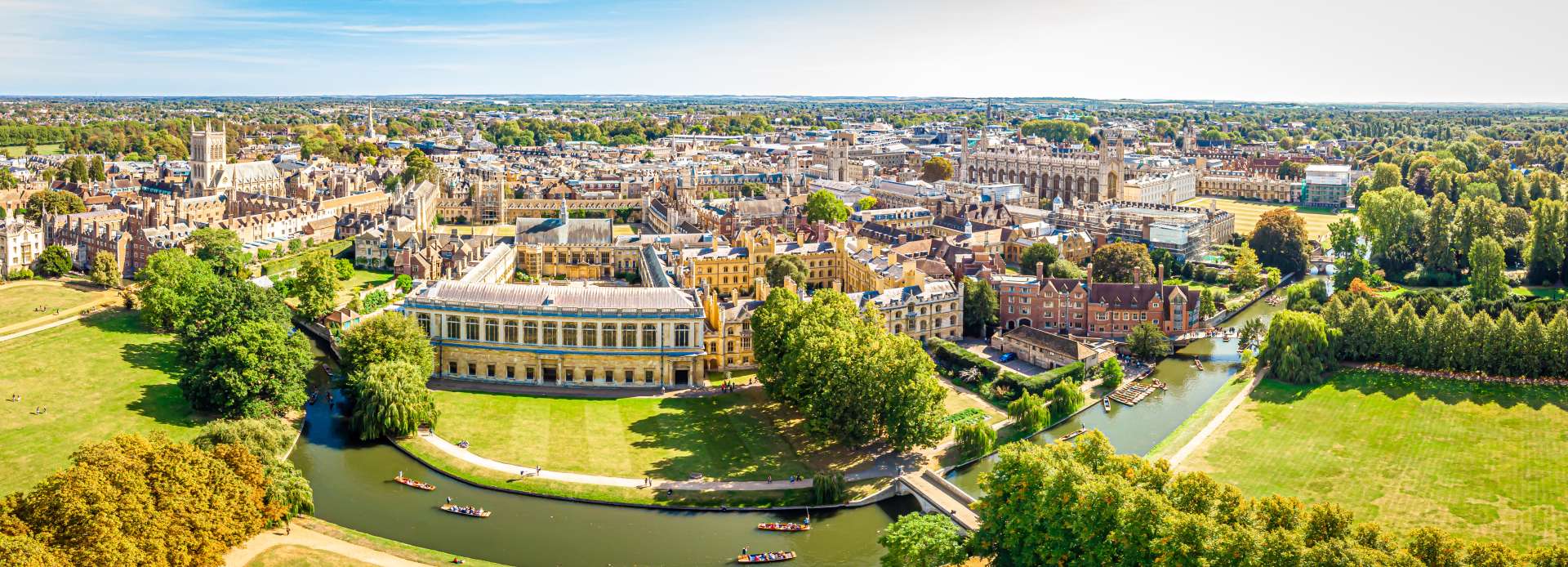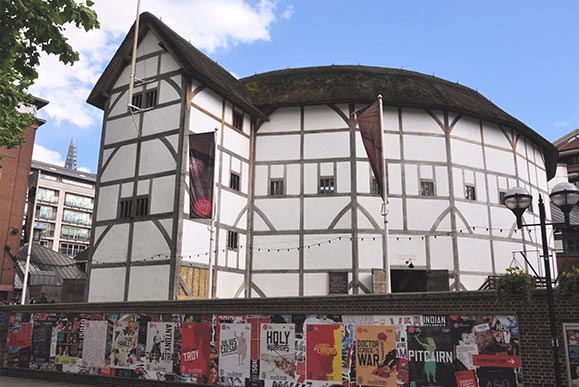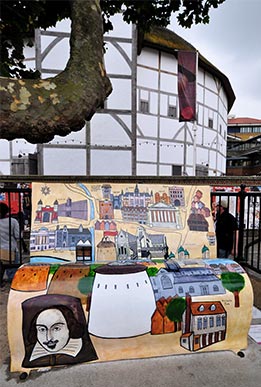
London Wall — Traces of Roman Britain in the City
Tower of London, London EC3N 4AB
Specification
Where Ancient Londinium Still Stands
Long before the skyscrapers and glass towers, Londinium was a bustling Roman settlement on the banks of the Thames.
Built around AD 200, the London Wall protected the city for over a millennium — its stones witnessing invasion, trade, fire, and rebirth.
Today, sections of this remarkable structure still stand among London’s streets, linking ancient Rome to the modern metropolis.
A Fortress for Londinium
Constructed by the Romans around the 2nd century AD, the wall stretched nearly 3 miles, encircling what is now the City of London.
It was built from Kentish ragstone and rubble, topped with a walkway and defensive towers.
For centuries, it defined the city’s boundaries — controlling trade, protection, and passage.
Even after the Romans left, medieval Londoners maintained and rebuilt parts of the wall, using it as the foundation for new defences and city gates.
Exploring the London Wall
1. Tower Hill Section
One of the best-preserved stretches stands near Tower Hill, close to the Tower of London.
Here, you can clearly see the original Roman stones at the base, topped by medieval additions from later centuries.
Interpretive panels explain how the wall once connected to the fortress that guarded the Thames.
2. Museum of London Section
Behind the Museum of London, another large portion of the wall rises between the Barbican and St Alphage Gardens.
This section is one of the most atmospheric — surrounded by gardens and walkways where ancient stone meets modern glass.
In addition, nearby ruins of the Cripplegate Fort reveal how Londinium’s garrison defended the northwest corner of the city.
3. Noble Street and London Wall Walk
Follow the London Wall Walk, a self-guided trail created by the Museum of London, tracing the ancient route through the modern city.
Panels mark key points at Noble Street, Bishopsgate, and Newgate, showing how the wall once connected to gates that shaped medieval street names.
It’s one of the easiest ways to explore Roman London on foot.
Learn more at the Museum of London official website
A Bridge Between Eras
The London Wall is more than a ruin — it’s a bridge between ancient civilisation and urban evolution.
Its survival through wars, fires, and redevelopment reflects the city’s resilience and respect for its roots.
Furthermore, the wall’s visible remains remind Londoners that beneath their modern streets lies a Roman heartbeat still echoing through time.
Visiting the London Wall
How to Get There
Main Locations: Tower Hill, Barbican, and St Alphage Gardens.
By Tube: Tower Hill, Barbican, or St Paul’s Stations.
By Bus: Routes 8, 25, 56, 100 serve key stops along the route.
By Train: Fenchurch Street or Liverpool Street Stations.
Opening Hours & Admission
Outdoor site; open year-round. Free to explore.
Facilities
London Wall Walk with interpretive signs
Nearby cafés and green spaces
Step-free access to most viewing points
Nearby Attractions
Tower of London: Medieval fortress and royal palace.
Leadenhall Market: Victorian covered arcade.
Guildhall Art Gallery: Roman amphitheatre beneath the City’s civic heart.
Museum of London: Artefacts and exhibitions from Londinium to today.
Together, they form the Roman and Medieval London Heritage Trail.
Why Visit the London Wall?
The London Wall offers a tangible connection to the city’s earliest days.
It’s history you can walk beside — stones that shaped a global capital.
Whether you’re exploring with a map, following the wall’s route, or simply pausing between skyscrapers, you’ll feel the weight of centuries in every block of stone.
It’s not just an ancient ruin — it’s the foundation of London itself.






No Reviews